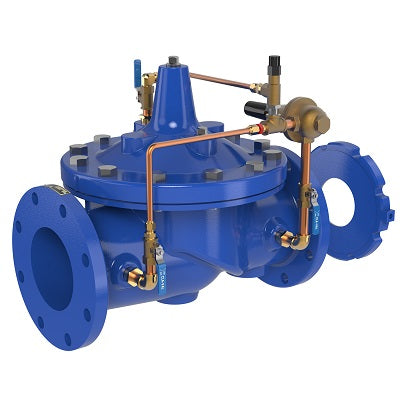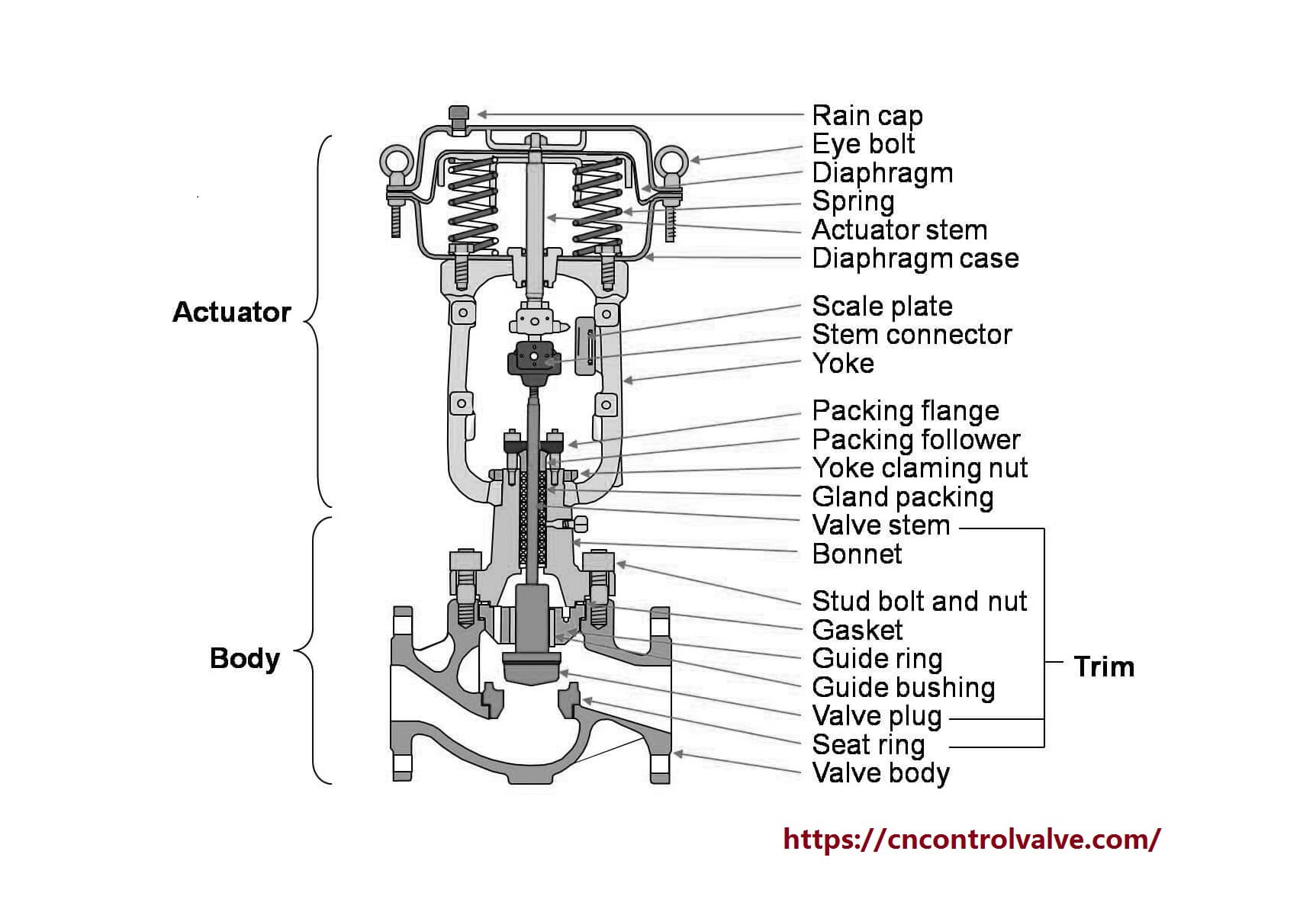Discovering the Performance of Modern Control Valves in Industrial Applications
Discovering the Performance of Modern Control Valves in Industrial Applications
Blog Article

Maximize Power Savings and Comfort With Advanced Structure Automation Controls
In the realm of modern-day design and center administration, the integration of sophisticated structure automation controls stands as a critical advancement. By taking advantage of the power of automation, structures can adjust, react, and evolve in methods that were as soon as unimaginable.
Energy Effectiveness Advantages
Power effectiveness benefits can dramatically lower power usage and operational prices in structures. Energy-efficient systems, such as innovative structure automation controls, can enhance the usage of sources like lights, cooling, and home heating, leading to lower energy expenses over time.
Furthermore, boosted energy effectiveness can prolong the life-span of building equipment and systems. By running extra effectively, a/c systems, lighting fixture, and various other building parts experience less wear and tear, leading to decreased upkeep and replacement prices. Furthermore, energy-efficient structures typically command greater property values and rental prices, offering lasting financial benefits to proprietors.
Moreover, power effectiveness can enhance passenger comfort and efficiency. Correctly regulated indoor settings with optimal illumination and thermal problems produce a more helpful and enjoyable work area, bring about improved staff member fulfillment and efficiency. Overall, the energy efficiency advantages linked with advanced building automation controls are diverse, including price financial savings, environmental stewardship, and resident health.
Improved Comfort Control
Enhancing convenience control in building settings needs a sophisticated integration of innovative automation systems for ideal resident wellness. By using innovative building automation controls, centers can tailor the indoor atmosphere to meet the particular needs and preferences of owners. control valves.
By including these innovative controls, buildings can not just boost convenience yet likewise boost power efficiency by optimizing system operations based on real occupancy and usage patterns. Ultimately, prioritizing resident convenience via innovative automation systems leads to an extra enjoyable and much healthier interior atmosphere.
Functional Effectiveness Improvements

Additionally, the application of real-time monitoring and analytics devices enables building drivers to determine power ineffectiveness and functional abnormalities quickly. By continually checking energy usage patterns and system performance metrics, adjustments can be made in real-time to maximize energy intake and guarantee peak operational efficiency. control valves. Furthermore, including demand response methods into building automation controls can additionally enhance functional efficiency by dynamically changing energy usage based upon grid conditions and prices signals
Indoor Climate Optimization
Efficient interior environment optimization is a fundamental facet of building automation controls, guaranteeing occupants' comfort and wellness while optimizing energy cost savings. By making use of advanced sensing units and controls, constructing automation systems can continuously adjust and check temperature level, humidity levels, air high quality, and ventilation to produce an ideal interior environment. Maintaining regular and comfy conditions not just improves passenger satisfaction but also increases efficiency and total well-being.
Indoor climate optimization also plays an important duty in power performance. By fine-tuning air flow, heating, and cooling systems based upon real-time data and tenancy patterns, developing automation controls can dramatically lower power usage - control valves. Applying approaches such as demand-controlled air flow and thermal zoning can assist lessen power waste while ensuring that each area of the structure receives the essential conditioning.

Sustainable Setting Development
Building automation manages hop over to these guys not only maximize indoor environment conditions for power performance and resident comfort however likewise lay the structure for creating a lasting atmosphere through strategic monitoring of resources and systems. By integrating innovative building automation technologies, such as sensors, actuators, and intelligent software program, facilities can readjust and check energy use in real-time to minimize waste and minimize their carbon impact. These systems allow predictive upkeep, recognizing potential problems prior to they escalate and optimizing devices efficiency to enhance durability and effectiveness.
In addition, lasting environment production expands beyond energy monitoring to encompass water preservation, waste decrease, and interior air high quality improvement. Building automation controls can control water usage, identify leakages, and guarantee appropriate garbage disposal techniques, contributing to general sustainability initiatives. Additionally, by managing and keeping an eye on ventilation and purification systems, these technologies improve occupant health and efficiency while decreasing energy usage related to heating and cooling operations.
Verdict
Finally, advanced structure automation regulates deal substantial advantages in regards to power cost savings, convenience control, operational performance, indoor environment optimization, and developing a lasting atmosphere. By applying these controls, buildings can accomplish ideal performance while minimizing power intake and improving occupant comfort. It is apparent that using sophisticated automation modern technology is vital in improving structure performance and developing an extra sustainable future.
Power effectiveness advantages can substantially reduce power consumption and functional costs in buildings. On the whole, the energy efficiency benefits associated with advanced structure automation controls are diverse, incorporating price savings, ecological stewardship, and passenger well-being.
Additionally, integrating demand response approaches right into structure automation controls can better improve functional effectiveness by dynamically adjusting power use based on grid problems and rates signals.
Building automation controls not only optimize indoor climate redirected here problems for energy efficiency and occupant convenience yet also lay the structure for creating a official site sustainable environment via critical monitoring of systems and sources.In final thought, advanced structure automation manages offer considerable benefits in terms of energy financial savings, convenience control, functional effectiveness, indoor climate optimization, and developing a sustainable environment.
Report this page